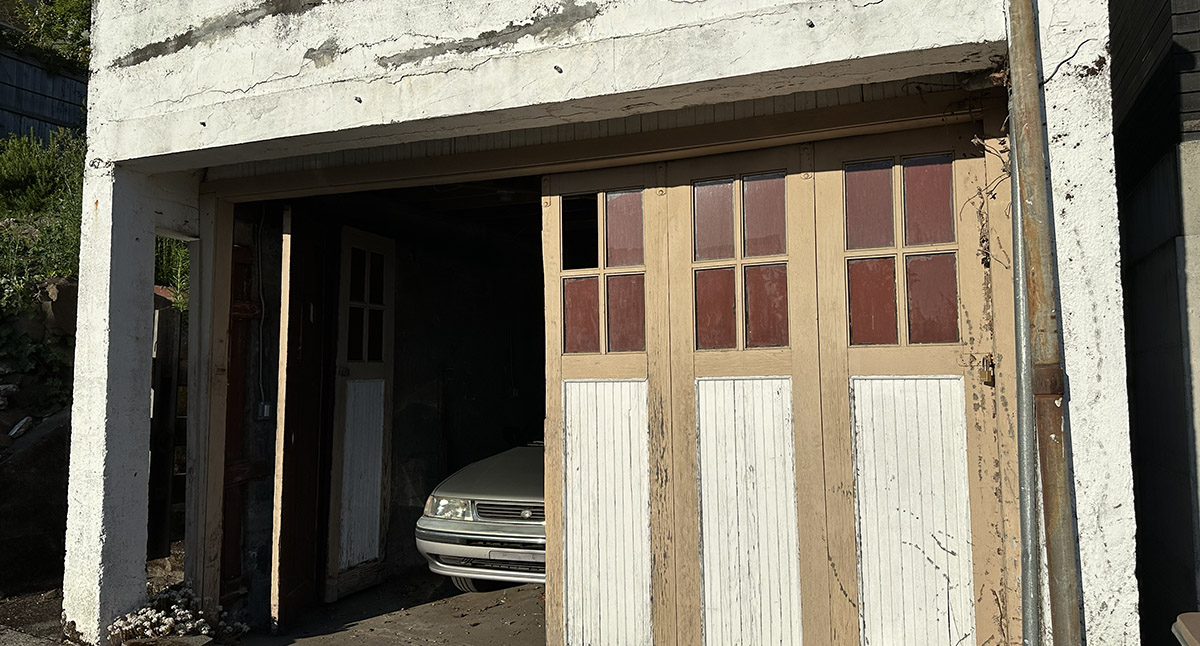Driving an Analog Car in a Digital World
My 1992 Subaru Legacy gained some unexpected notoriety when it was stolen and recovered thanks to Instagram and the vigilance of a BQ reader who saw it parked by the roadside while riding to work. Thank you, Zach!
It’s hard to describe how relieved I was to get my car back—it’s really special to me. First-generation Legacies weren’t rare when they were current—many friends and readers used to own one and recall it with great fondness. Not many have survived, as they were ‘just cars,’ and not cosseted weekend toys that lived in heated garages.
I bought mine many years ago from the estate of a man who drove it to the golf course a few times a week and parked it in his garage. I was in Portland when I saw the ad on Craigslist. I rode my bike 60 miles through pouring rain to look at it—and I’m glad I did! Getting my Legacy was an adventure, and that makes it all the more special.

These cars are typical examples of 1980s Japanese engineering. During the ‘bubble years,’ before the yen doubled in value and made Japanese goods twice as expensive, Japanese companies were flush with cash, and they spent it on developing better products. That’s also how makers like Bridgestone, Miyata and others made bikes that combined innovative ideas with great quality—for remarkably little money.
For Japanese car makers, ‘better’ meant moving upmarket. They used the profits from the ‘bubble’ to lay the foundations for their current popularity in North America. Toyota Camrys and Honda Accords went from quirky outliers to mainstream cars that offered superb quality at affordable prices.

Subaru was a tiny company back then, and its chief engineer, Masaru Katsurada, had his own ideas: He wanted Subaru to win the world rally championship. Back then, the rules of the FIA (motorsport’s UCI) required rally cars to be based closely on production cars. And thus Subaru’s ‘upmarket’ Legacy was designed with rallying in mind. Subaru had dabbled in rallys before: Subaru’s flat-four engine—with a low center of gravity—and its four-wheel drive system provided a good base, and the legendary durability was an obvious plus, too. But now the goal was different: to win outright and beat the European manufacturers at their own game.
The four-wheel drive became permanent rather than switchable as the focus shifted from off-road traction to improved handling on asphalt and gravel. Katsurada-san added long-travel suspension and made sure the new car was as light as possible. Ultra-thin sheetmetal would later cause complaints from customers about dents, but the Legacy is 100 kg lighter than comparable models from other Japanese makers. There’s also not much sound deadening—so you hear what the engine, gearbox and suspension are doing. That’s probably not what buyers expected when buying an ‘upmarket’ car, but today it adds to the analog experience of driving it.
I sometimes wonder how Katsurada-san got all this past the company’s board, who was looking for a car to compete with those Camrys and Accords. But that’s the beauty of small companies: Somebody with a vision can create remarkable things. And the Legacy provided an excellent base for Prodrive, the British company that spearheaded Subaru’s rally program. At the height of Subaru’s rallying success (which included three world championship titles), Prodrive’s chief engineer, David Lapworth, recalled:
“In the spring of 1989, Subaru asked us to look at the Legacy and assess its feasibility for World Championship rallying. I remember we compiled an engineering report of approximately 100 pages which basically concluded that there was no reason that this car could not be turned into a rally car.[…] I would have to say that the original design team did a pretty good job because the WR car we are running in 2000 is a direct descendant of that original Legacy. The basic layout of the car is still exactly the same as it was in 1990, and essentially it has just evolved in detail.”
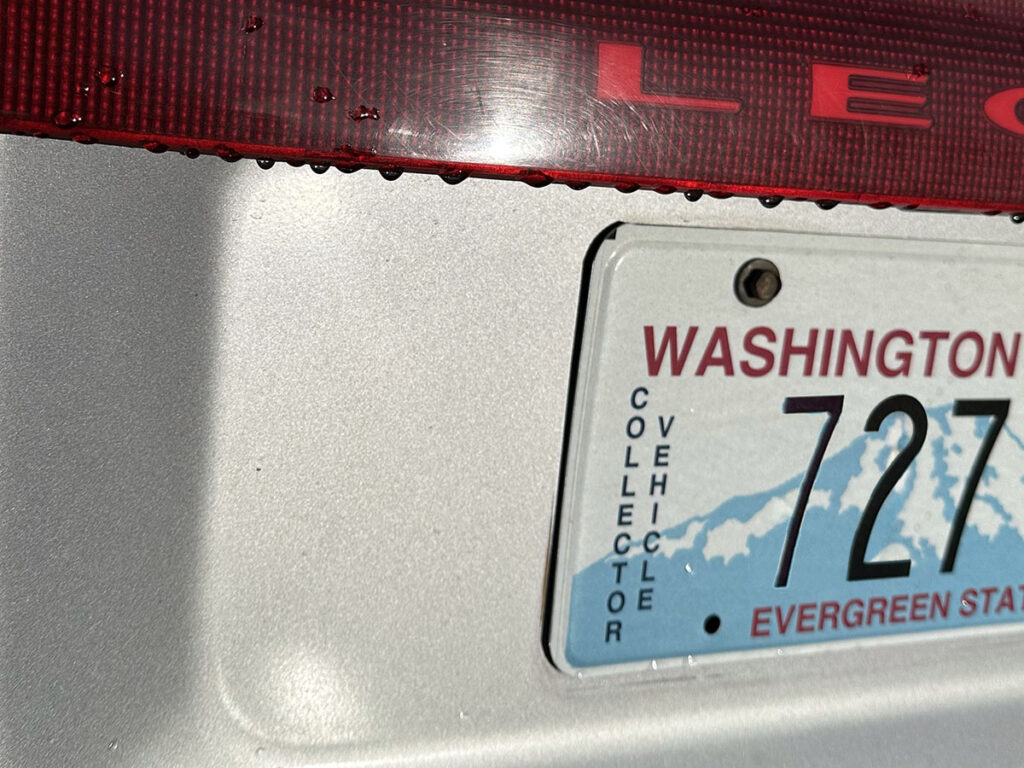
I like products that are not designed by committee. The designer’s personality shines through in every detail. If I share those values, the car feels like it’s designed and made exactly as I want it. That’s how I feel about my Subaru, and that’s why I intend to keep it forever. It’s now old enough to carry a ‘Collector Vehicle’ license plate, which it proudly wears.
I’m under no illusion that my Legacy drives with the precision and feel of a sportscar costing 20 times as much, but it gives me joy. And I don’t drive very much, so spending what is required to get the ultimate car—even if I had the money—wouldn’t make much sense.
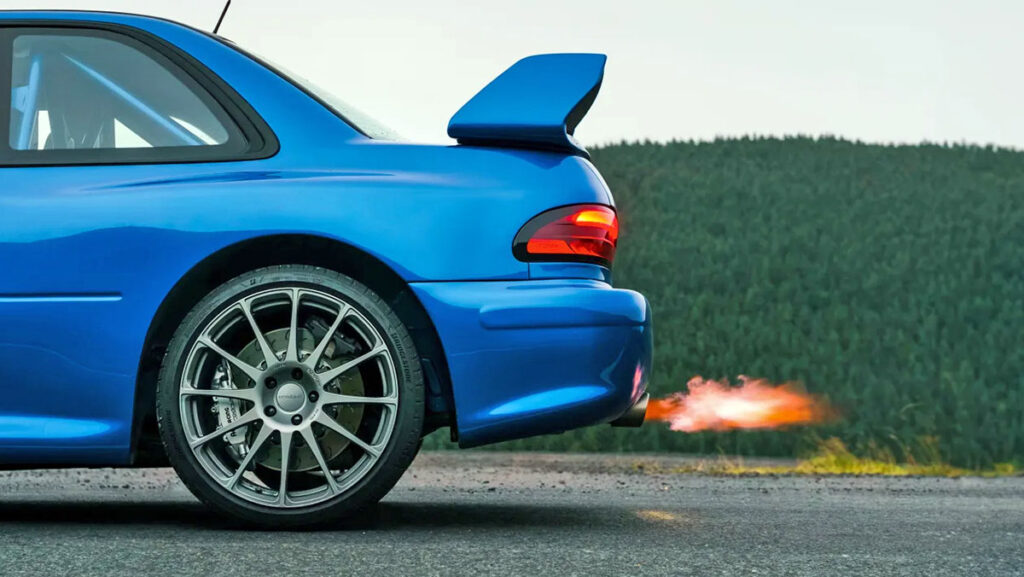
I have to admit I was tempted by the Prodrive P25 (above), a limited edition update of the Subaru rally cars that many testers consider the best car they’ve driven—until I learned that they cost more than half a million dollars each. For a 25-year-old Subaru! Albeit one completely re-engineered and dialed up to 11, with carbon fiber bodywork and a fire-spitting 450-horsepower engine. Knowing what it takes to develop and manufacture components with that level of performance in small production runs, I understand why the P25 costs that much. In any case, all 25 of the limited edition sold out quickly.
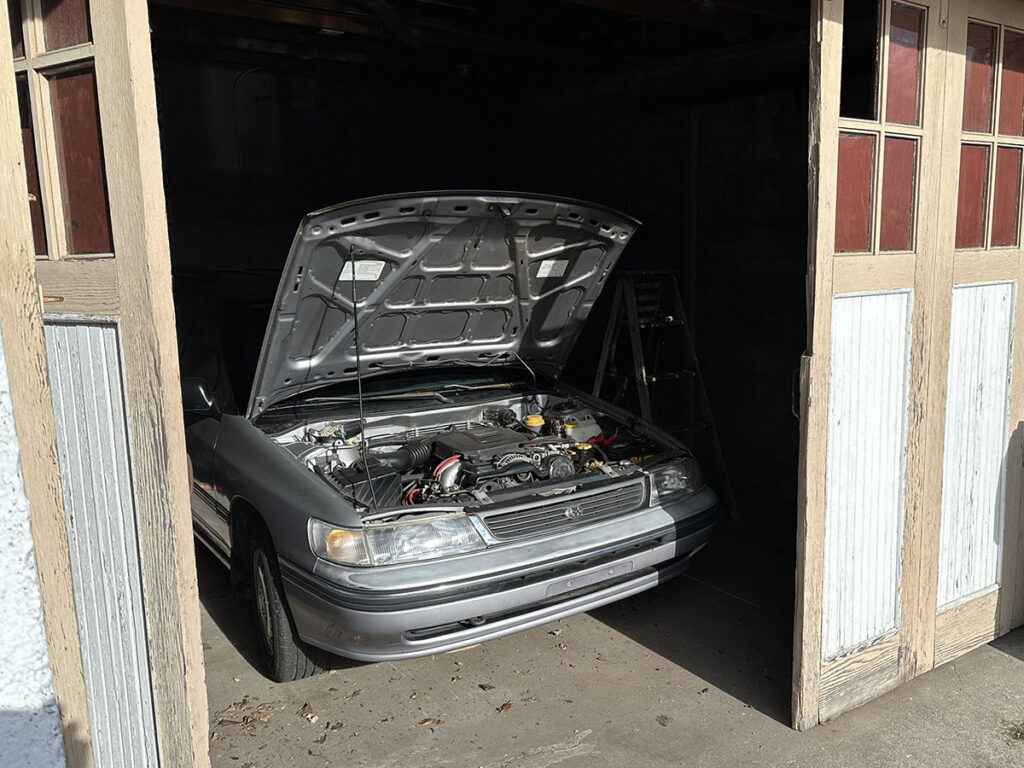
My Subaru doesn’t spit fire. Its stock engine with 130 horsepower used to be quite potent. Nowadays, minivans and SUVs pull away faster when traffic lights turn green. But few of those can keep up when the road turns twisty, and the fun begins. That’s where the rally car heritage shines through.
Over the years, I’ve upgraded my Legacy a bit in ways that aren’t immediately visible (and don’t break the bank). It started out as an automatic, but we’ve swapped in a manual transmission. (1990s automatics weren’t that great.) Aluminum wheels (from a different Legacy model) reduce the unsprung masses—by over a kilogram each. The result is more comfort and better grip. And, of course, good tires are the most important (and easiest) change you can make to a car (or to a bike).
After tires, high-performance shock absorbers are probably the biggest improvement I’ve made to my Legacy. The shocks used in rally cars and those fire-spitting P25s cost more than $10,000 a set, but a local company from Portland, Primitive Racing, offers very affordable KMC shocks for amateur rally drivers. The new shocks have transformed the car beyond my (high) expectations. My Legacy now floats over bumpy roads, where other drivers back off because their cars are getting thrown off course. And yet the Subaru doesn’t feel soft or leans in corners any more than before. The shocks are adjustable, so I can dial in the handling exactly as I want it.
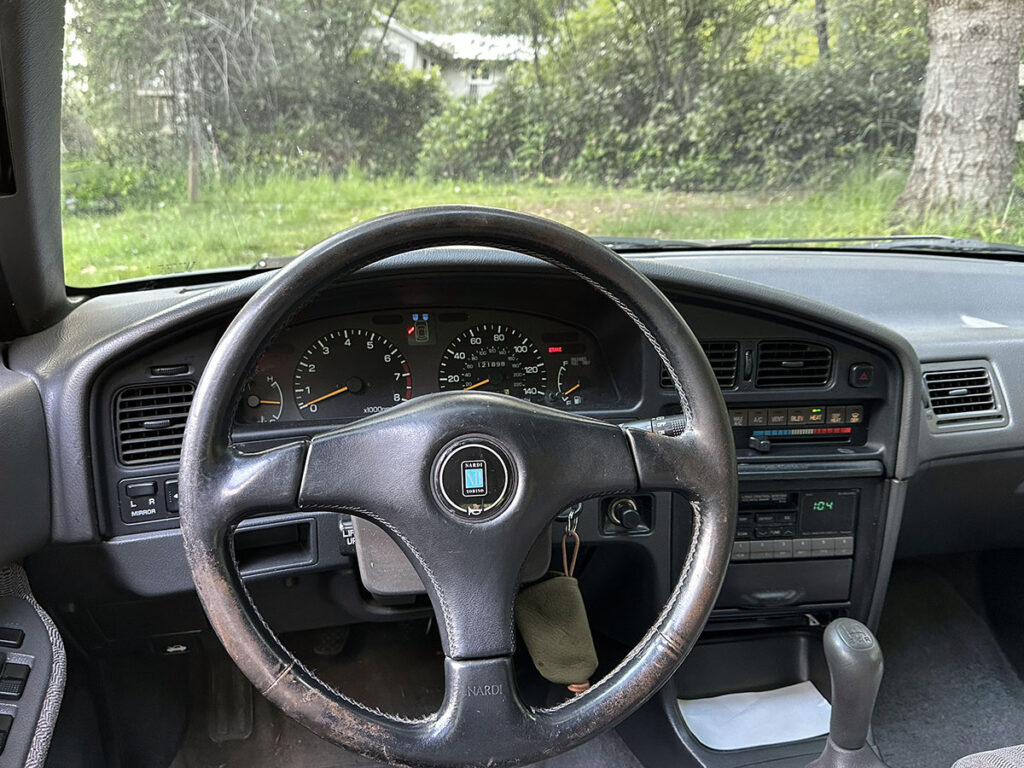
I’ve also installed a beautiful Nardi steering wheel. Subaru used these for their rally-inspired special editions. They bought thousands of them, so they are easy to find used. Those steering wheels must have been horrendously expensive—Nardi usually made steering wheels for Ferraris and the like. Clearly somebody at Subaru had a vision, and the accountants didn’t have the power to stop them. The leather that covers the rim is soft and feels wonderful, like the Maware pigskin bar tape that I use on my bikes. The (slightly) smaller diameter has quickened the steering a little—without obscuring the dashboard instruments. It feels like Katsurada-san and his engineers designed the car for this steering wheel rather than the big plasticky one that came with standard Legacies. And I have to smile when I see photos of the Bugatti EB-110, the world’s fastest, ultimate supercar from the same era: The Bugatti has exactly the same steering wheel (but the speedometer behind it goes all the way to 400 km/h).
Driving an analog car is fun, because it rewards my inputs. There is no ‘Sport’ button—the engine simply responds to what my foot does on the accelerator pedal. The gearing is short, so the acceleration is quite good once it gets off the line. Since I use all five gears—even in the city—I get to shift all the time. The gears have synchromesh (at least on the top 4), but double-declutching and rev-matching on downshifts is part of the fun. I feel the cogs mesh, and the gear goes in without any resistance. Rev matching also avoids upsetting the car’s balance when the engine brakes the wheels during downshifts—important when you downshift as you set up the car for a corner. (That’s why modern sportscars do this automatically for you.)
The steering provides clear feedback of how much grip the tires have in reserve. Just like on a bike, the steering goes light when the car approaches the limit. If I use my left foot to brake as I enter a turn, I feel the weight transfer to the front. This increases grip on the front and reduces it on the rear: The car tightens its line. Bleeding in the accelerator as I approach the corner exit shifts the weight balance to the rear, improving traction as the car accelerates out of the turn. The old-style four-wheel-drive system distributes power 50-50 front-to-rear, making this a very balanced car that’s easy to adjust via my inputs. One hundred thirty horsepower isn’t enough to unstick the tires and get it drifting—unless it’s wet or snowy—but that’s fine with me. My enjoyment comes from involvement in the driving experience, not from crazy, mind-bending speeds. It’s a lot like riding a bike in that respect.
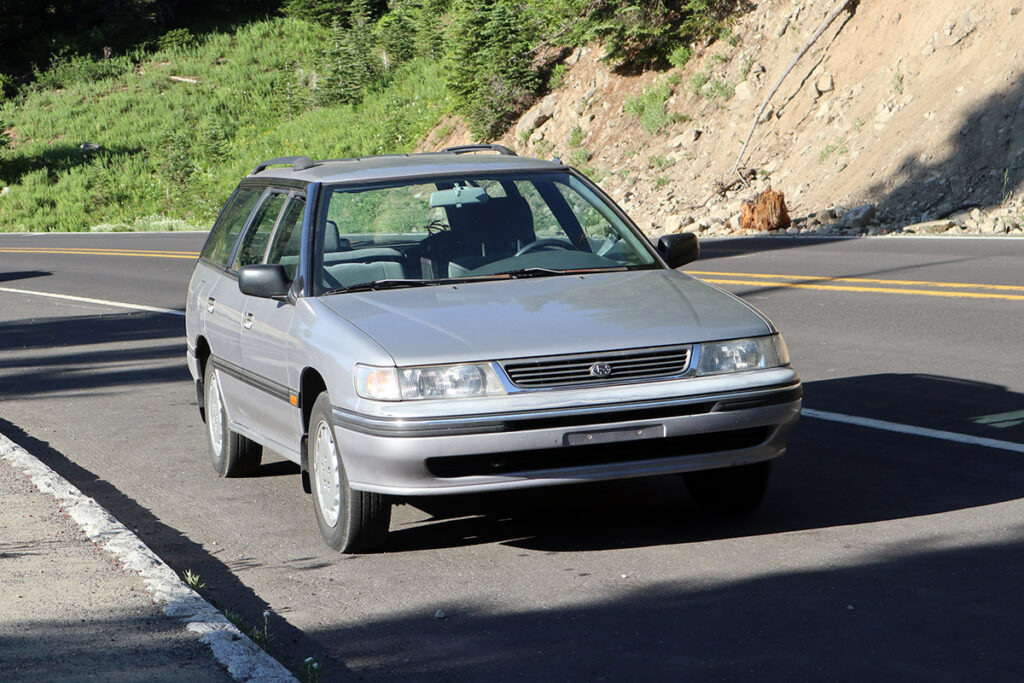
I also love the way the Subaru looks. It’s a form-follows-function shape without the creases and fake air intakes that have proliferated on many modern cars. It’s quite aerodynamic, which gives it a top speed of over 120 mph (195 km/h). I love its large windows that give it an airy feel inside. Today’s drivers might feel exposed, but as a cyclist, I like to have (nearly) unobstructed vision to all sides. And there’s no need for a reversing camera when I can just turn my head and look out the panoramic rear window. As to safety, it’s got crumble zones and door impact beams, which is enough considering how little I drive it.
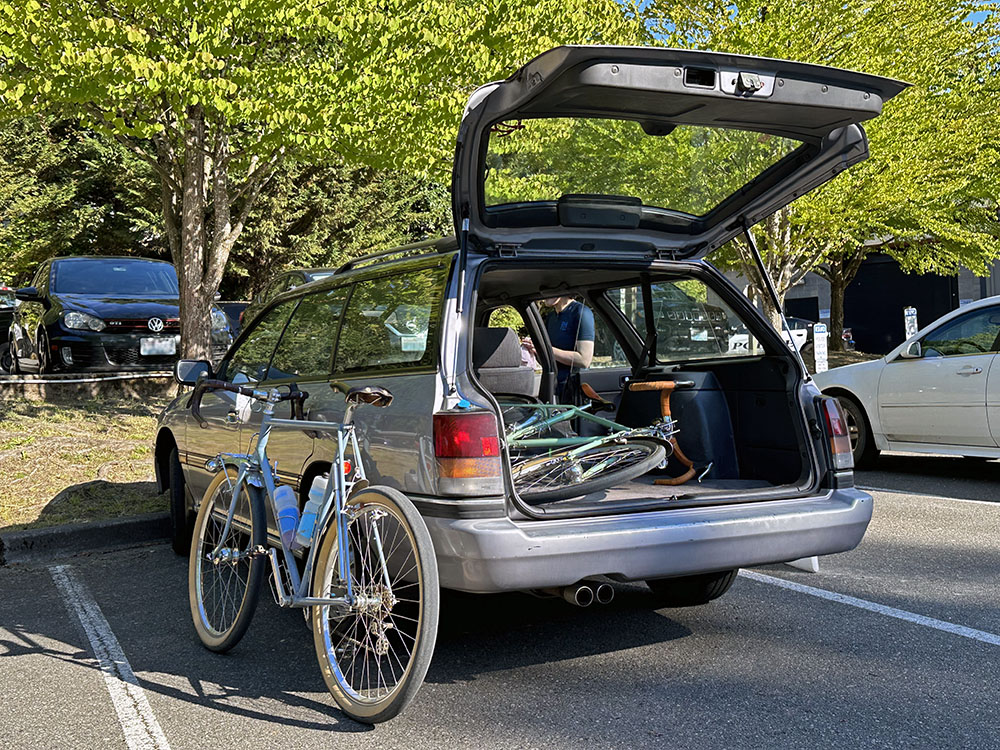
From my racing days, I still have a roof rack with attachments for five bikes (to match the number of seats inside). Back then, we used to travel to the races with a joyful posse of friends in one of these. These days, my Subaru usually carries two bikes inside, with the rear seat folded down, separated by a sheet of foam. The load bed is long enough to swallow most bikes without even removing the front wheel.
It’s remarkable how well the Subaru has lasted. It’s got its original paint and most components have never been changed. Even those annoying moving seatbelts—mandated on 1990s cars that didn’t have airbags—still work. (Touch on wood.) In all those years, it’s needed new head gaskets and a new heater control unit, plus wear-and-tear parts like tires and brakes (and those shocks). The bodywork with its ultra-thin sheet metal has quite a few small dents, but that’s just part of its patina. Washing the car requires a little extra care: Roof and hood flex even under the soft touch of a cloth. I remind myself: If this was a classic Porsche, the lightweight ‘Clubsport’ version with similarly thin sheetmetal would be highly coveted.
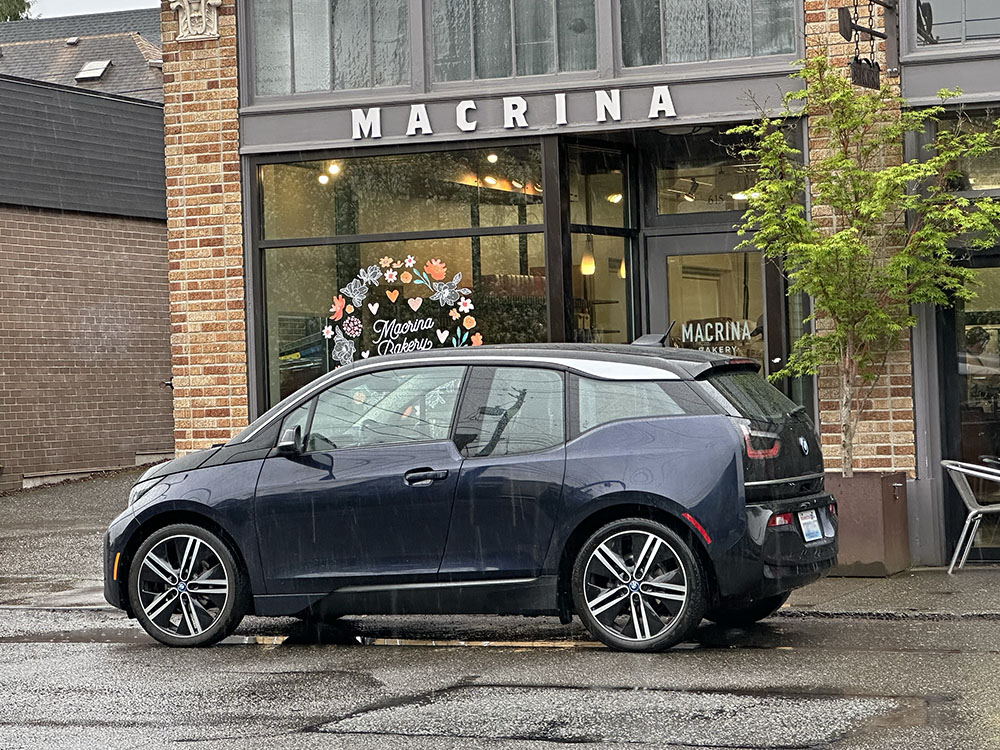
Recently, the Subaru was joined in our stable by its polar opposite: A well-used little electric BMW i3 that’s all digital. This car also reflects a strong vision from its creators. Back when BMW designed their first electric car, the engineers were concerned about the weight of the batteries, and what that would do to the driving experience. Their solution was to make the rest of the car as light as possible: The i3 is probably the only little hatchback that’s made from carbon fiber and aluminum.
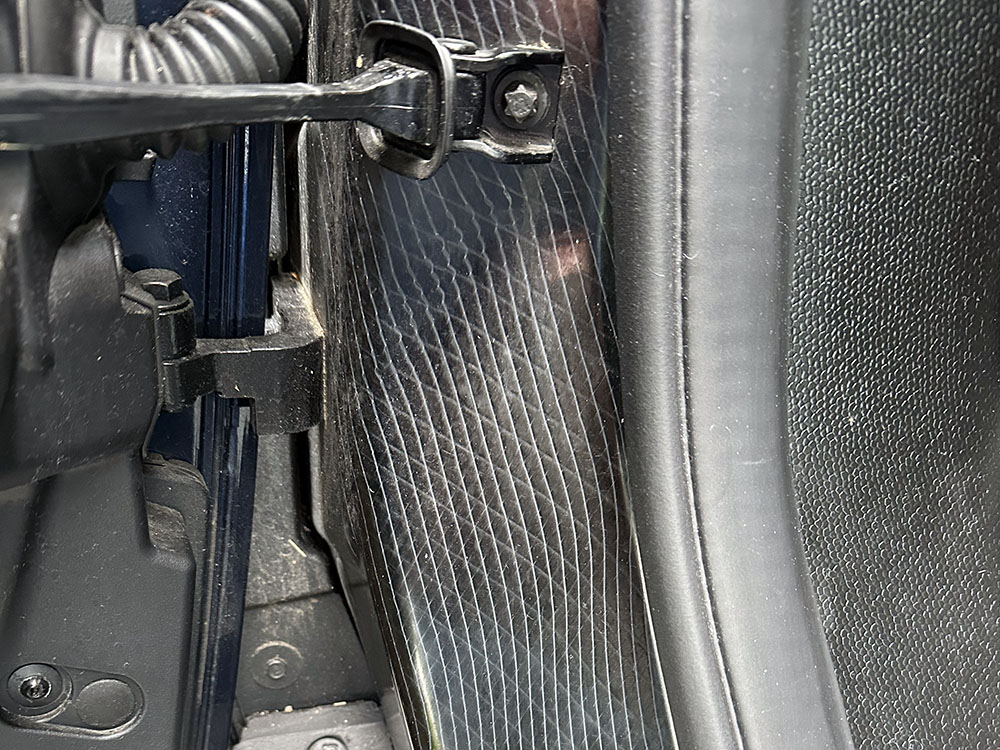
As a result, it actually weighs a little less than the Subaru. By today’s standards, both are very light: The i3 just 2,800 lb/1,270 kg, the Subaru a hair under 3,000 lb/1,360 kg.
The weight may be similar, but driving the i3 is a very different experience. You just tell the car what you want to do, but leave it to the car how to do it. Push the accelerator in mid-corner in the Subaru, and the wheels will lose traction. It’s up to the driver to make sure that’s what we want to happen. Do the same in the i3, and the electronics figure out exactly how much power the wheels can take without breaking away. (Turns out it’s a lot!)
All those electronics make the i3 perfect for the city: The Subaru requires anticipation to be fun—but traffic in Seattle can be hard to predict. The i3 is always ready to spring forward. Being electric, there’s not even an automatic gearbox that pauses a split-second before downshifting. The i3 just goes, and its acceleration is amazing—when merging with fast-moving traffic, the main consideration is to not cause alarm for other drivers. With its quick steering and stiff suspension, it darts from turn to turn with hardly any body roll. I just wish Seattle’s roads were smoother!
Another plus of an electric car in the city: It’s always ready to go, without the need to drive gingerly while the engine warms up. And it’s perfectly happy (and efficient) in stop-and-go traffic, which is a chore with the Subaru’s manual transmission. And not having to visit gas stations saves time and hassle. (We charge ours from a normal outlet, since we don’t drive it much.)
The i3 is as brilliant in its own way as the Subaru. It’s like owning a modern carbon bike and a steel rando bike—both are great, and both are fun. The i3 feels like it’s been designed for a racetrack, the Subaru like it’s intended for a gravel rally stage. With the i3 taking over most daily duties, the Subaru is now reserved for outings to the mountains. That’s where it really shines, and where the i3’s range—about 150 miles / 240 km—would be a big handicap. In that way, the i3 and the Subaru perfectly complement each other. And every time I drive the Subaru, it puts a big smile on my face.
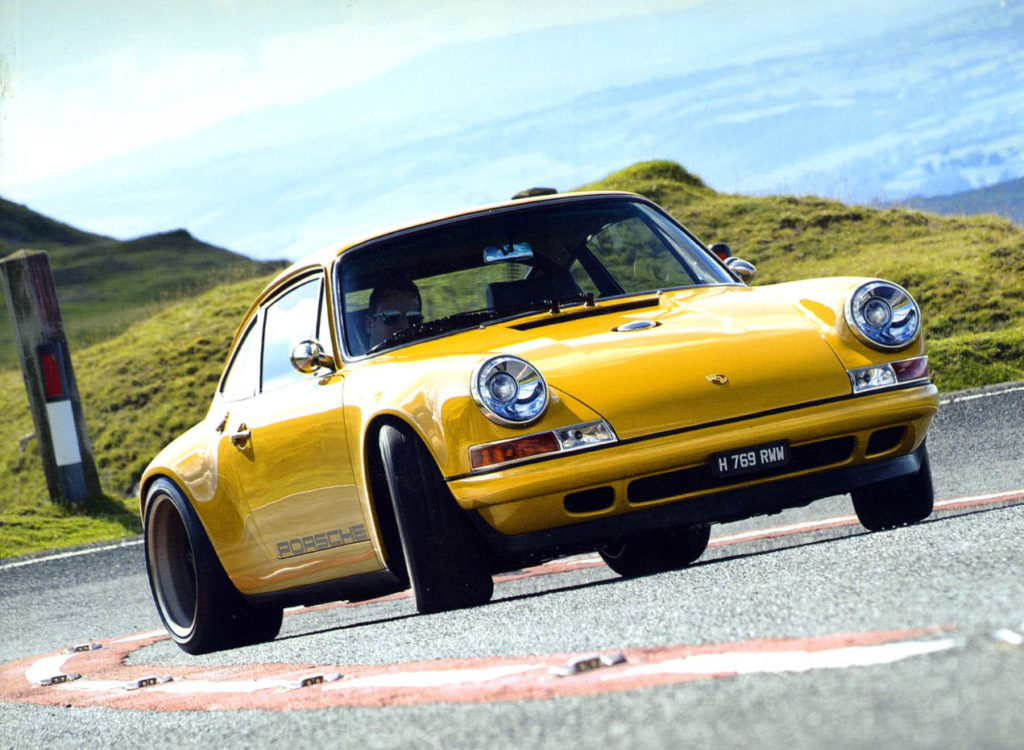
It’s tempting to take a car like the Subaru, develop it to the nth degree and dial everything up to 11. That’s exactly what Prodrive has done with their P25 that started as a humble 1990s Subaru Impreza. And Singer in California (no relation to the bike maker) with their 1990s Porsche 911s (above). These cars cost more than twice the price of a brand-new Ferrari, Lamborghini or McLaren, but car testers who’ve driven these ‘restomods’ report that they offer an involving driving experience that’s unmatched in any current-production car.
I don’t drive enough to justify spending a lot on my car, and we’d have to sell huuuge quantities of Nivex derailleurs and supple tires before I could afford a P25 or a Singer Porsche. Fortunately, bikes are a different matter. In fact, those Singer Porsches and Prodrive Subarus sound a lot like our Rene Herse steel bikes—classic designs that have been updated with modern technology and dialed up to 11. With one exception: Great bikes may represent a considerable investment, but they aren’t out of reach for most of us.
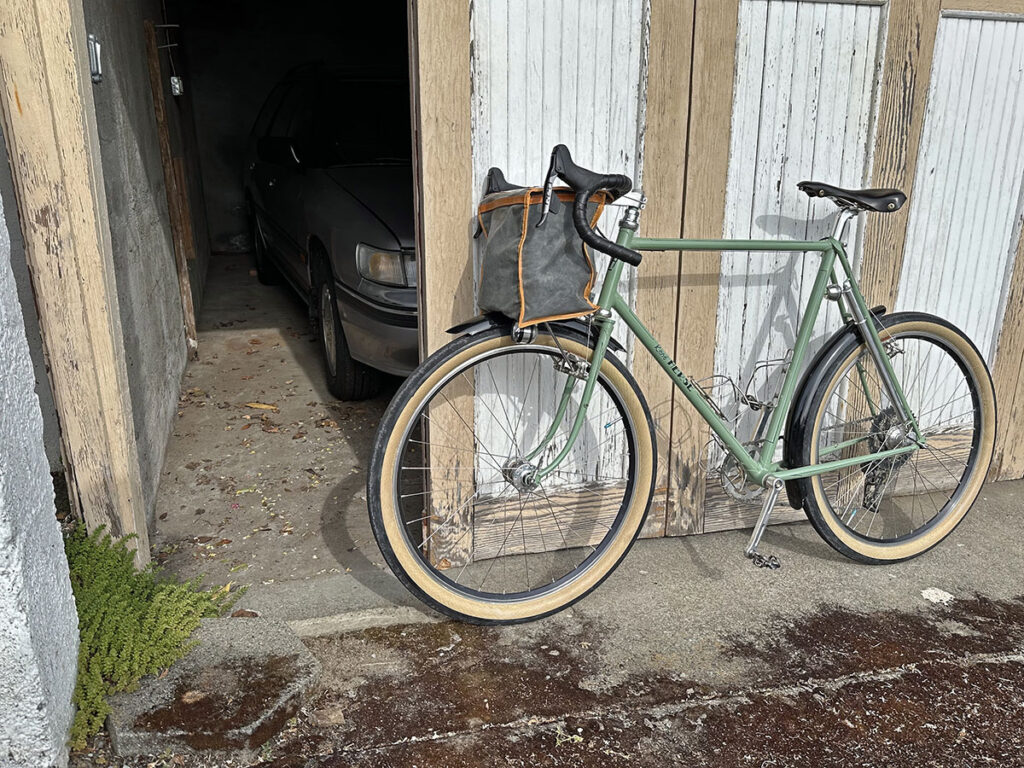
Postscript: Apparently my taste in cars is shared by others in the Seattle region. On my rides, I sometimes pass a carport where a virtually identical early-1990s Subaru is parked, also in silver and with the same wheels. The BMW i3 is quite common, too. I sometimes find myself driving behind an exact copy of our little car. So if you’re riding around Seattle, you may see an old silver Subaru. But if you shout a friendly “Hi Jan!”, you may cause some confusion. But then the same is true with bikes: From time to time, Mark and I are mistaken for each other when we’re riding our rando Rene Herses.


